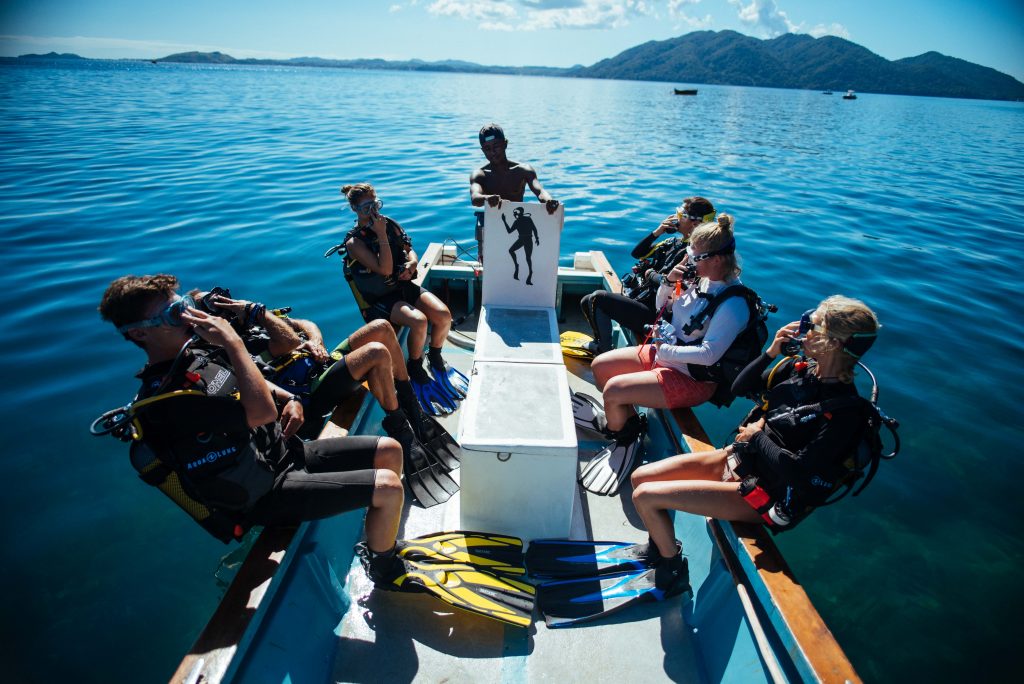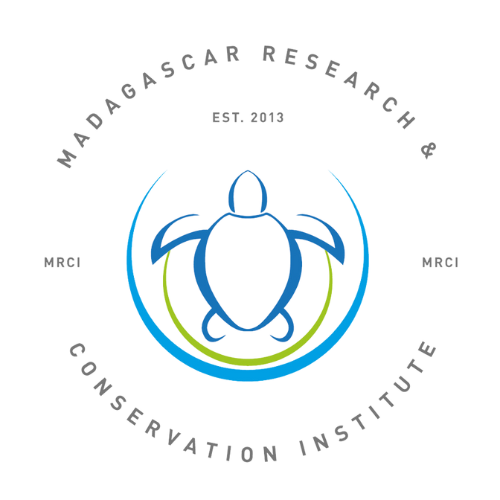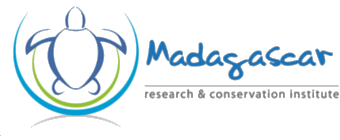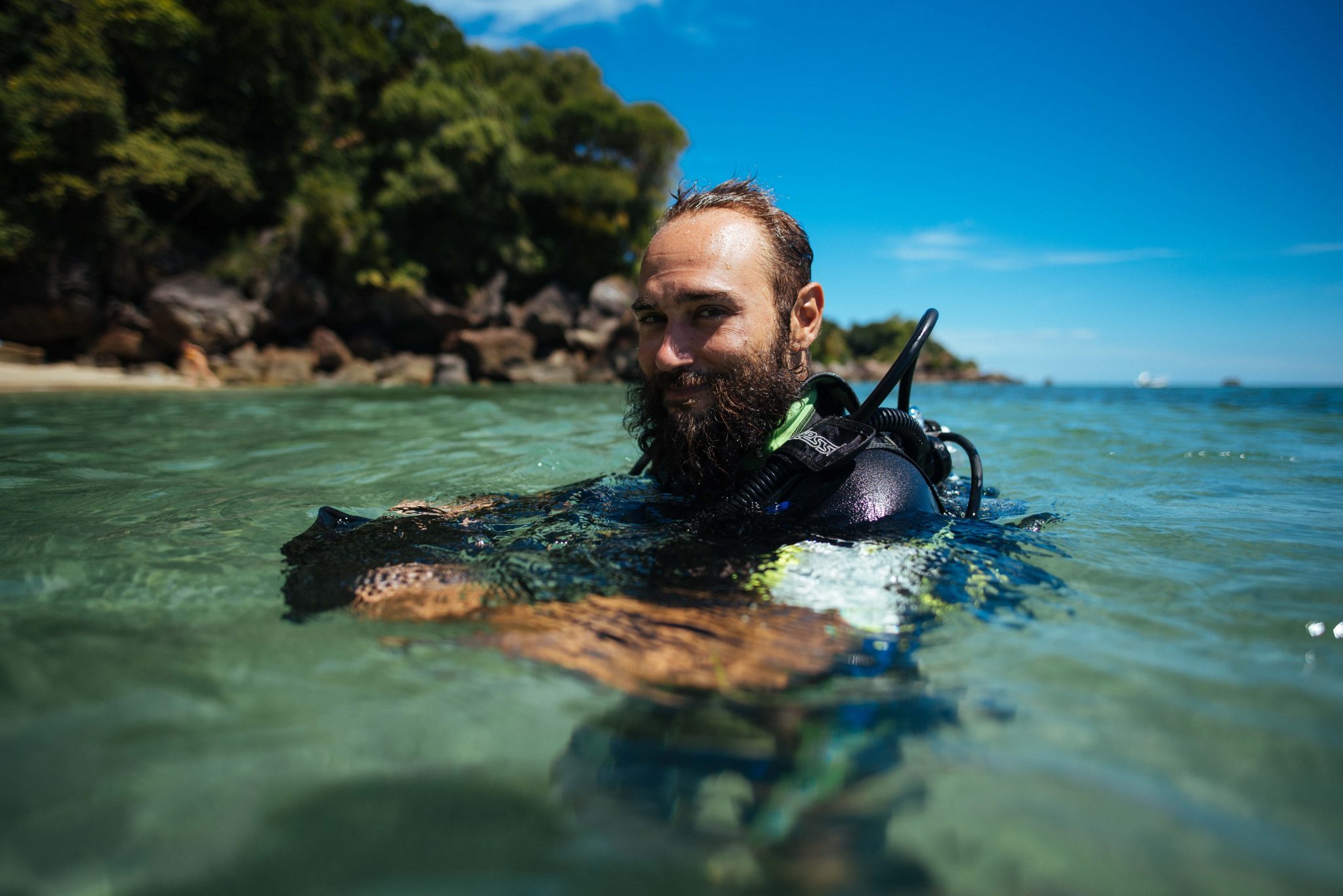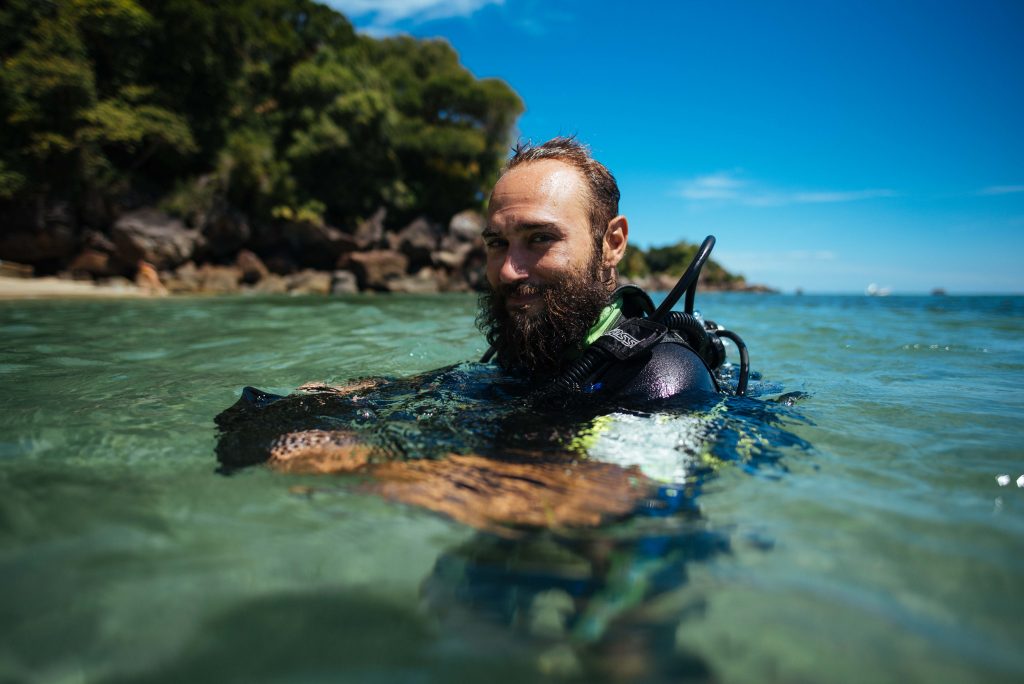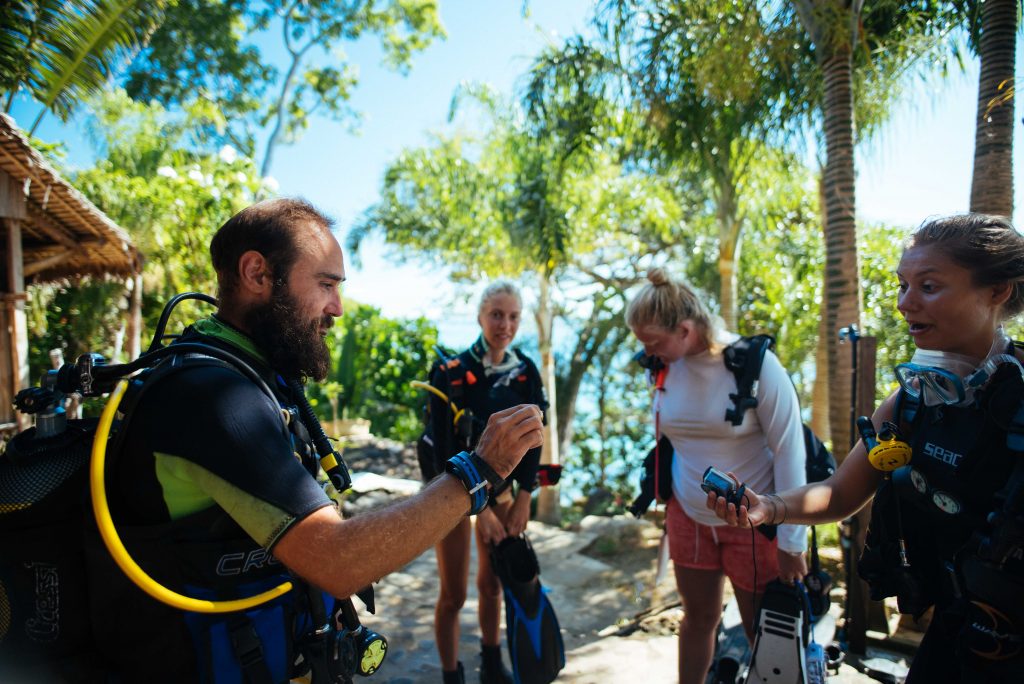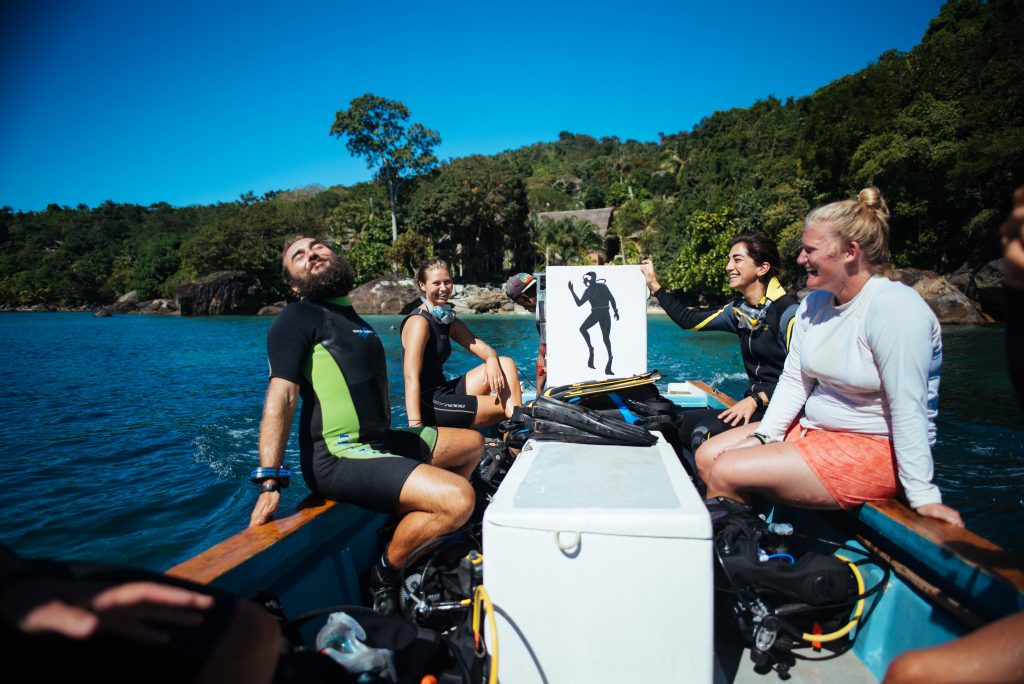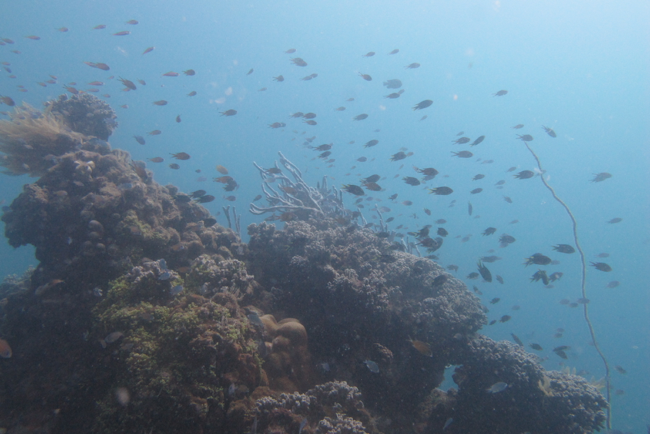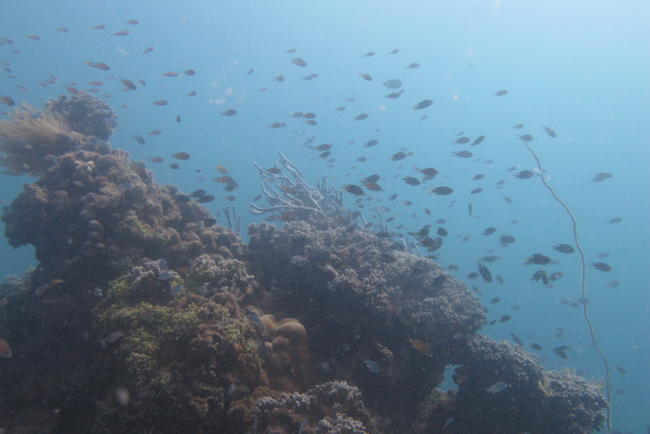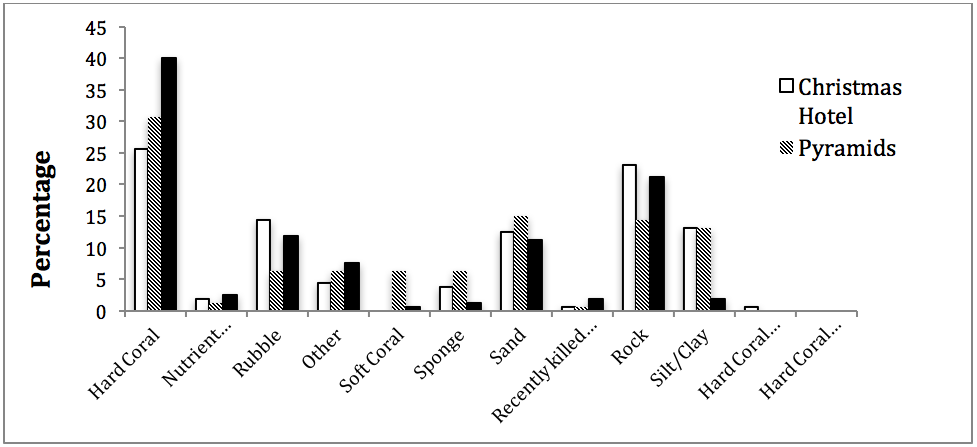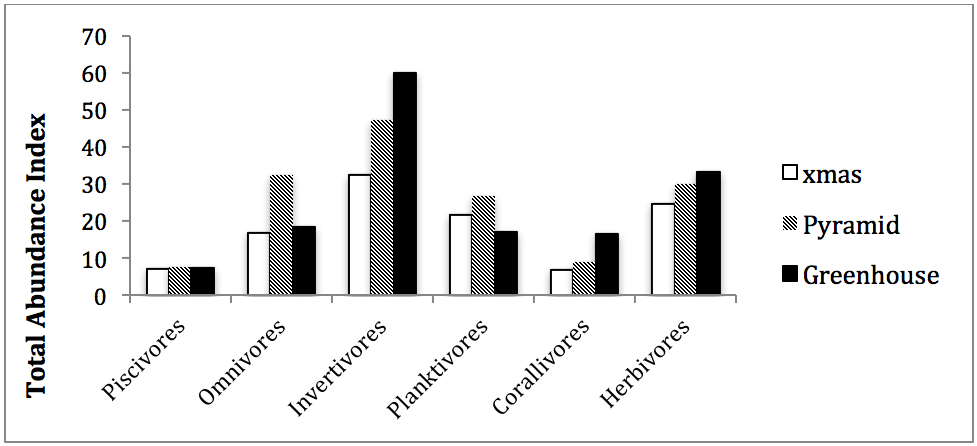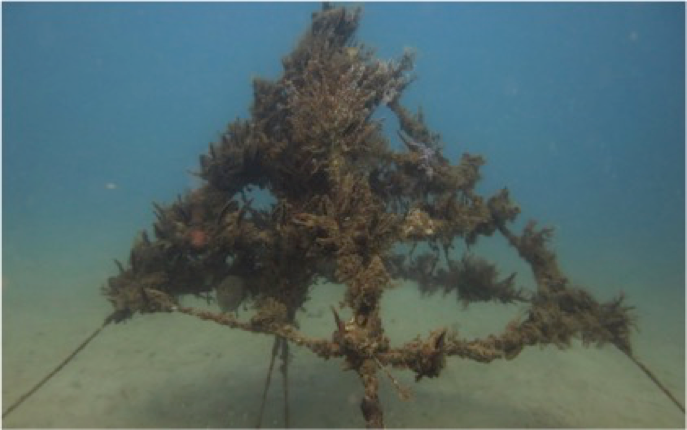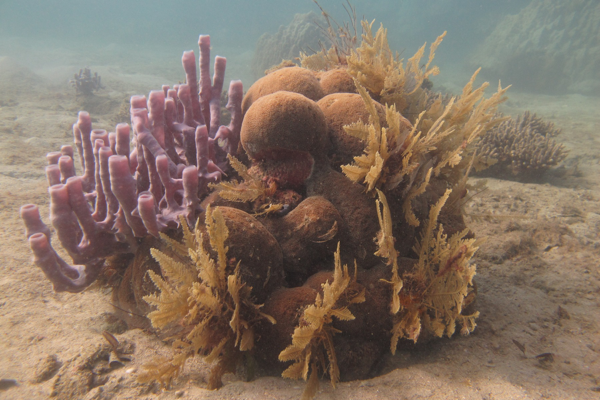Diving into the life of Tilo
Author: Alex Oelofse, Social Media Intern & Photographer
It is always fascinating to find out more about our staff, their backgrounds and essentially what brought them to MRCI. Below, we pay homage to our marine science manager, Tilo Kauerkoff. I decided there is no better way than to do a little interview with the man himself.
So, let’s get right to it, Tilo how old are you?
I’m 31.
Where are you from?
Germany.
What were you doing before you joined MRCI?
Well it has been a rather long road, including lots of studying. I guess I shall start at my first major degree in industrial engineering. I have always had a great fascination with space and after my degree I applied for an internship in the space industry where I became a trainee with the European Space Agency (ESA). I then wanted to study some more so I ended up studying a very specialized degree only available in Munich. For short the degree goes by the name (Espace) which is an acronym for Earth Orientated Space Science and Technology. During this time, I also obtained a European scientific diving course, which teaches you specialized diving techniques making use of full face masks, dry suits, permanent buoy dives, etc. This type of diving is more specifically used for the accumulation of data for cartographies of lakes and water estuaries. The diving was more geared towards fresh water biology, which was a field I wasn’t trained in, but found it interesting nonetheless.
Wow, that sounds like quite a long journey! Where did life end up taking you next?
I was quite sure that after all the studying I was ready for a break and some travelling and I have never been south of the equator so that was something that was of interest to me. I did quite a bit of searching and found myself lucky as I found a dive master training in Bali where I stayed for three months, after which I spent another three months in Gili Trawangan.
After this experience, I really fell in love with diving so I looked for similar jobs and that’s when I found the opening at MRCI for a marine science manager. I didn’t have enough expertise in the marine biology field as they would have liked so I started off as an intern in September 2017 and initially wanted to stay for 3 months, but I guess that didn’t happen as I’m still here. I will now be staying till mid-July where I will be going back to Europe. I guess we’ll see how that plays out.
Wow that is quite an amazing story Tilo. What would you say is your favourite part of diving with MRCI?
Well that’s a tough one. It’s not always about the spot but more about what you see, I would say, and the group you are doing it with.
And what would you say is your favourite aspect of camp?
Ah, that’s something that one sometimes tends to forget, but constantly being in nature is definitely a highlight! Simple things like being so close to the beach, the luxury of being able to go for a quick snorkel at any time of day. Not having a car or no cars in any close vicinity and besides the generator every now and then I find myself only surrounded by natural noises, which I think is really healthy.
Check out our Marine Conservation Program
